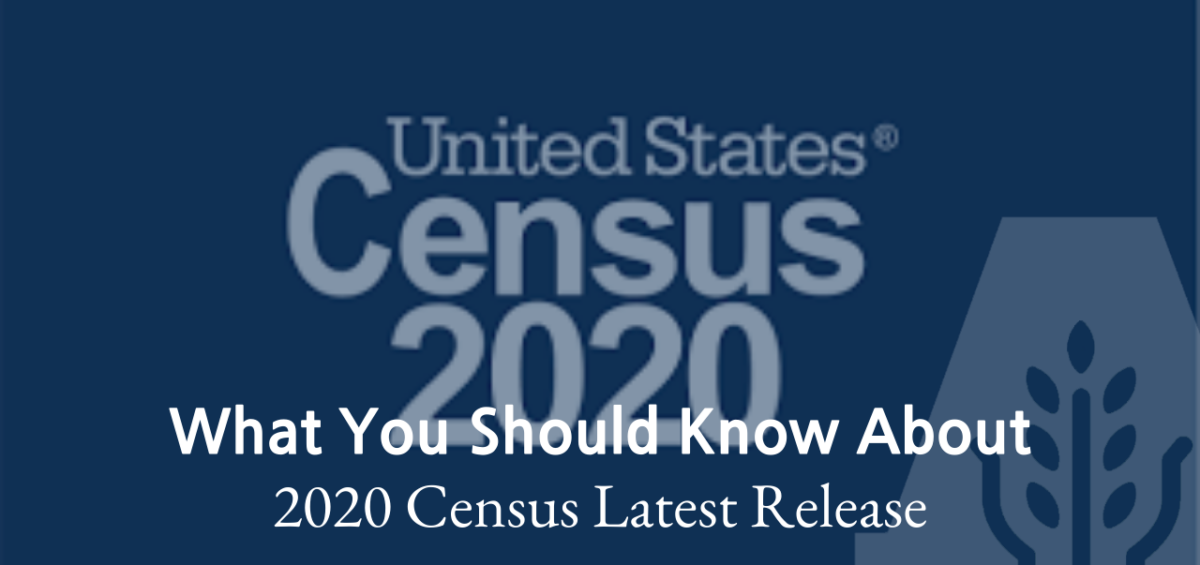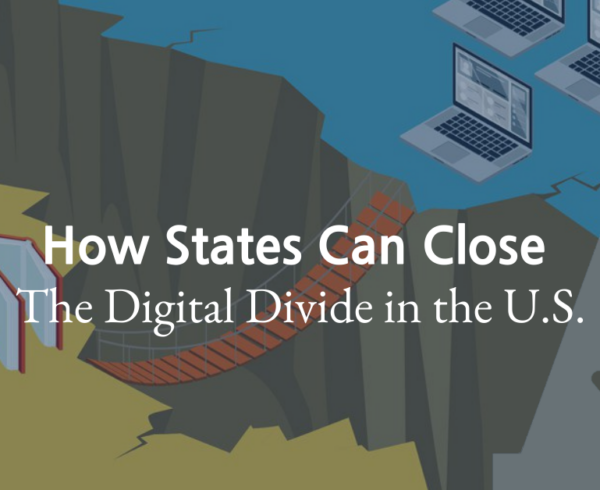On Thursday, August 12, the U.S. Census Bureau released its latest round of information from the 2020 Census. The date shows changes to the demographic makeup of the country over the past decade, which states will now use to decide congressional redistricting procedures. The results are a snapshot of everyone living in the U.S. on April 1, 2020. Due to the COVID-19 pandemic, delays in the Bureau’s ability to collect and process the data occurred.
What’s in the data?
The data provides population counts and ethnicity, race and voting age across the country, down to the local level. It also shows how many people live in each county (or parish), tract, city and block. Tracts are comparable to neighborhoods, but geographic boundaries may have changed since the 2010 Census. The data has the first 2020 Census national and local statistics on voting age population, race, Hispanic origin, home occupation or vacancy and how many people are living in group quarters (military barracks, university dorms, jails or prisons).
It will not include gender or age breakdowns; that information will be released sometime in the future. Individuals will be counted as either age 18 or under.
What did we learn from the release?
The U.S. experienced unprecedented multiracial population growth, and at the same time a decline in the white population, for the first time in history. “These changes reveal that the [U.S.] population is much more multiracial, and more racially and ethnically diverse, than what we measured in the past,” Nicholas Jones, director of race, ethnicity, research and outreach for the Census Bureau’s population division, remarked.
White, non-Hispanic population, without another race, decreased by 8.6% since 2010, according to the new data, though it remains the largest racial group in the country. The racial makeup of the U.S. according to the new 2020 Census data is 57.8% white, 18.7% Hispanic, 12.4% Black and 6% Asian.
The release has supported expert predictions that the U.S. is becoming a more diverse nation, with continued expansion of Hispanic, Black and Asian American populations and growing numbers of multiracial residents, which in past surveys were only fractional. “The diversity that we’re seeing in this country is going to be much more pronounced,” said William Frey, senior fellow at the
Brookings Metropolitan Policy Program.
Race and ethnicity in America
In 2020, 33.8 million people reported being more than one race, more than a threefold increase from 2010 (9 million). The first time the question was presented in 2000, the number was 6.8 million.
Looking nationally, two people randomly chosen would have a 61.1% chance of being part of different racial or ethnic groups. That same probability was 54.9% in 2010. The states with the highest diversity index scores in 2020 were in the west: Hawaii at 76%, California at 69.7% and Nevada at 68.8%.
The 2020 Census used two questions to calculate race and ethnicity. One question focused on Hispanic or Latino origin, while the other focused specifically on race. The questionnaire included write-in boxes for Black or African American respondents for the first time, as well as similar boxes for white residents.
“The improvements and changes enable a more thorough and accurate depiction of how people self-identify, yielding a more accurate portrait of how people report their Hispanic origin and race within the context of a two-question format,” said Jones.
While the white population remained the most prevalent race or ethnic group in most counties, the most prevalent groups in certain area were non-white, continuing growth trends of past years. Black or African American populations were dominant in parts of the South, while Hispanic or Latino residents were most prevalent in the Southwest and West. Native Americans were predominant in places where there are tribal lands in parts of Alaska, the Southwest, and Midwest.
“The presence of the Hispanic or Latino population as the second-most prevalent group spanned the entire continental U.S., with large numbers of counties in every region,” census officials said in a release. Yvette Roubideaux, vice president for research at the National Congress of American Indians, welcomed the results, saying “America is more diverse than ever, and that diversity is a strength, not a weakness.” She and other advocates said they are now turning their focus to ensuring political representation fairly reflect the population shifts in the data.
Population growth continues to slow
The country’s overall population grew by only 7.4% between 2010 and 2020, among the most sluggish on record. “Population decline was widespread this decade,” said Marc Perry, senior demographer at the Census Bureau, who notes the slowdown was “even more pronounced at the county level.”
“Fifty-two percent of all counties had smaller counties in 2020 in 2010,” he said. He also noted that smaller counties generally lost population while large ones gained. Growth was “almost entirely” in metro areas, and adding that all 10 of the country’s most populous cities grew.
What does this mean for congressional districts?
The Bureau was able to deliver the constitutionally required apportionment results to President Biden in April.
Texas gained two seats in the House of Representatives. Colorado, Florida, Montana, North Carolina, and Oregon all gained one House seat. California, Illinois, Michigan, New York, Ohio, Pennsylvania, and West Virginia all lost one House seat. This shift could affect the 2022 midterm elections and whether Democratic control of the House remains intact.
Are most counties growing or shrinking?
The U.S. population grew by 22.7 million from 2010, to 331.4 million. But that was a slower rate of increase than in previous decades.
“Since the 1950s, percentage increases have generally been declining each decade,” said Marc Perry, a senior demographer in the bureau’s population division. This past decade’s 7.4% increase… was, in fact, the second lowest percent increase ever. Only the 1930s had slower growth.”
U.S. population growth particularly came in cities, he said. “The 10 largest cities all grew this past decade, and 8 of the 10 grew at a faster rate this decade compared to the last.”
Cincinnati, for example, officially ended 70 years of population loss with the latest data. Phoenix was the fastest growing city in the nation and officially surpassed Philadelphia as the fifth-largest city.
Nevertheless, Perry said, “population decline was widespread this decade—most counties lost population between 2010 and 2020.”
This article was adapted from USA Today article on the 2020 U.S. Census. To read the original article click here!













